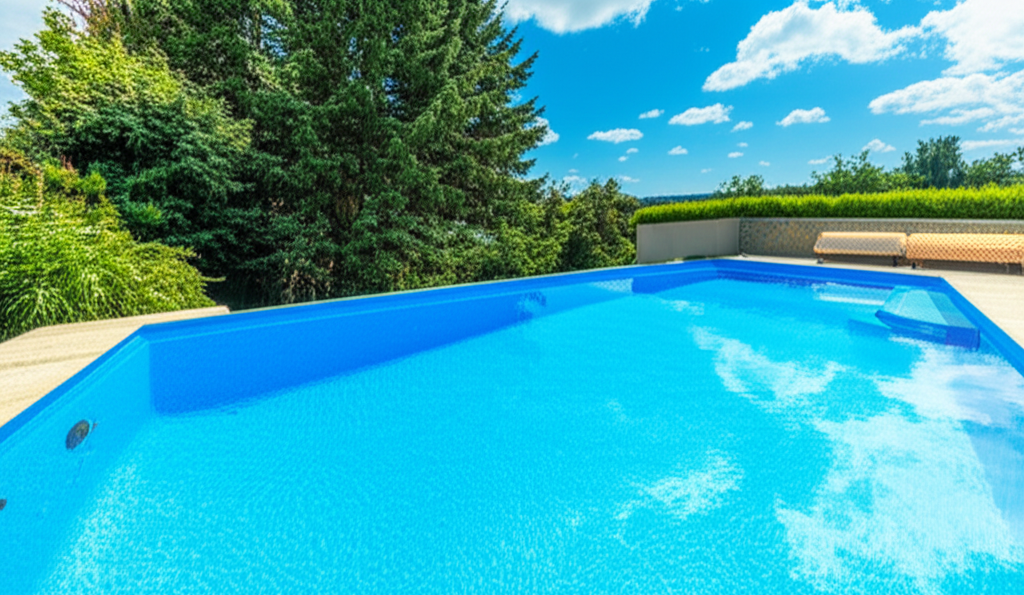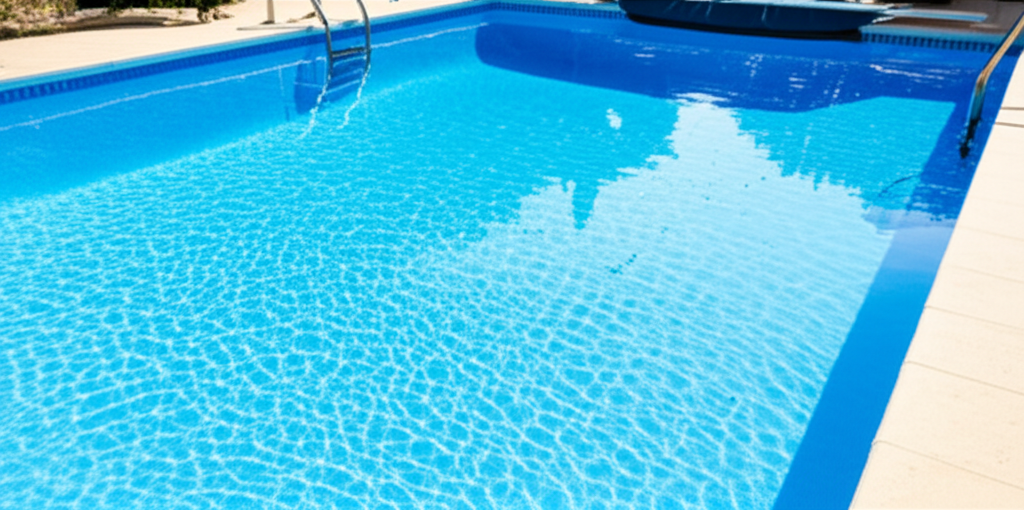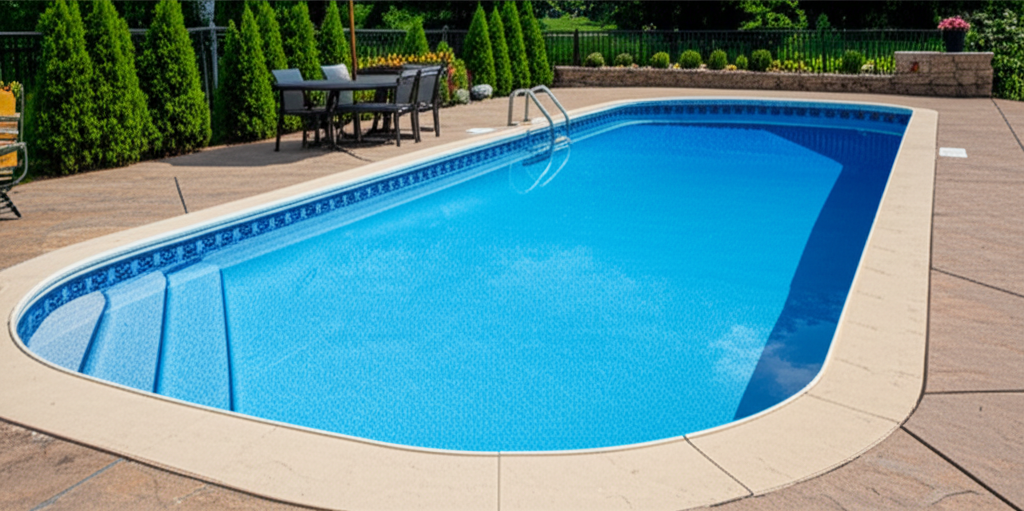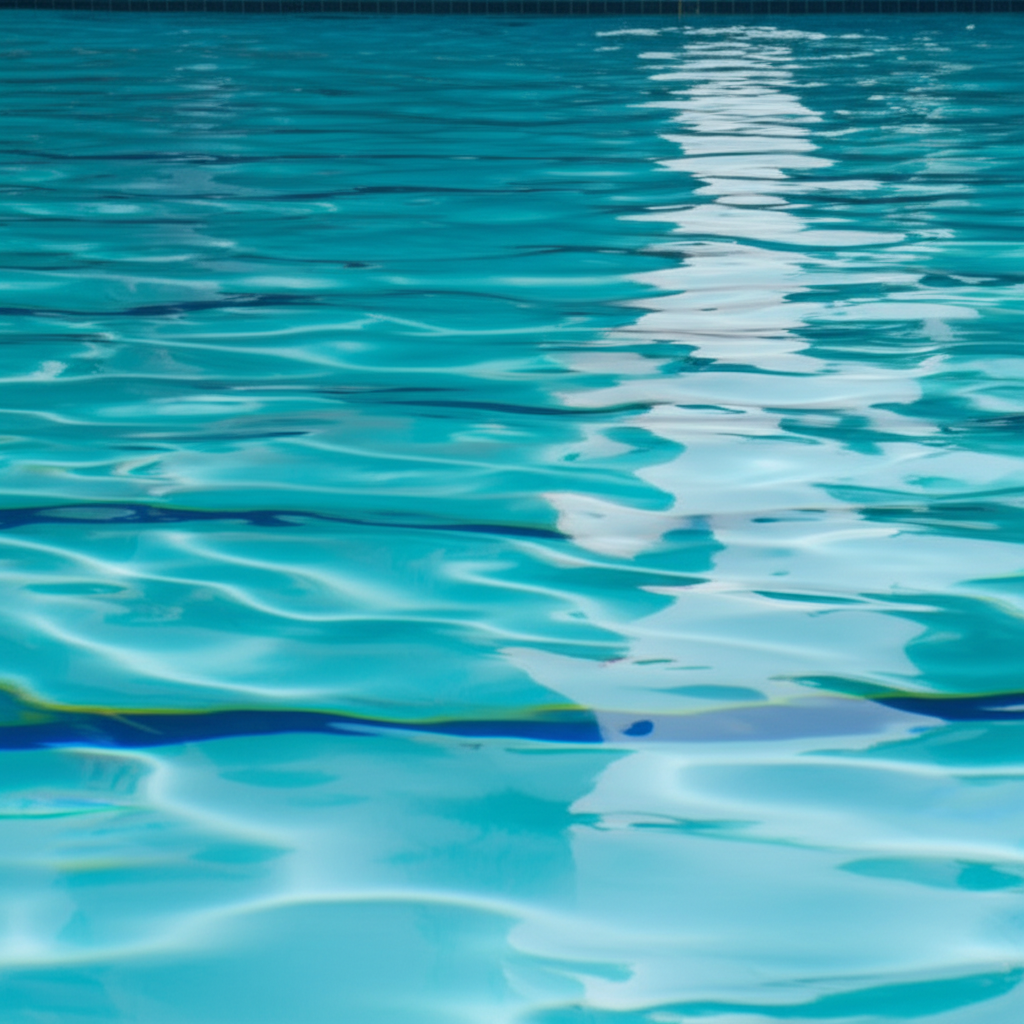- Understanding Water Evaporation and Pool Water Level Loss
- Strategic Solutions to Minimize Pool Water Level Loss
- 1. Invest in a Pool Cover
- 2. Utilize Liquid Solar Covers
- 3. Erect Windbreaks
- 4. Manage Water Features Wisely
- 5. Optimize Pool Water Temperature
- Consistent Monitoring is Key
Water Evaporation is a natural and often unavoidable phenomenon that can significantly impact your swimming pool’s water level. For pool owners, seemingly minor daily water loss can accumulate, leading to increased water bills, chemical imbalances, and the constant hassle of refilling. Understanding the culprits behind this depletion and implementing effective prevention strategies are key to maintaining a healthy and cost-efficient backyard oasis.
Understanding Water Evaporation and Pool Water Level Loss
Every pool owner experiences some degree of water loss due to evaporation. It’s a process where liquid water turns into water vapor and rises into the atmosphere. While it might seem like a small trickle, the cumulative effect can be substantial, often amounting to several inches of water over a week, or even more in certain climates. Distinguishing between normal water evaporation and a leak is crucial, and a simple bucket test (placing a bucket of water on a step with its water level matching the pool’s, then comparing after 24 hours) can usually provide clarity. If the pool water level drops more than the bucket’s, you likely have a leak. Otherwise, evaporation is the primary suspect.
Several environmental factors significantly influence the rate of evaporation:
Sunlight: Direct sunlight heats the water, accelerating the evaporation process.
Wind: Wind whipping across the surface of the pool carries away water vapor, increasing the rate at which more water can evaporate. Imagine hanging laundry on a windy day – it dries much faster.
Air Temperature: Warmer air can hold more moisture, but it also creates a larger temperature difference between the water and air, which drives evaporation.
Water Temperature: The hotter your pool water, the faster it will evaporate.
Humidity: Lower humidity means the air is drier and can absorb more moisture from your pool.
Surface Area: The larger the exposed surface area of your pool, the more water is available to evaporate.
Beyond these environmental factors, certain operational aspects of your pool can also contribute. Features like waterfalls, fountains, and jets, while aesthetically pleasing, dramatically increase the water’s exposed surface area and agitation, thereby speeding up the rate of evaporation.
Strategic Solutions to Minimize Pool Water Level Loss
Fortunately, there are several effective strategies you can employ to drastically reduce water evaporation and keep your pool water level consistently where it should be.
1. Invest in a Pool Cover
This is arguably the most effective method for preventing evaporation. A physical barrier between your pool water and the atmosphere works wonders.
Solar Blankets/Bubble Covers: These lightweight covers float on the surface of your pool. They prevent a significant amount of evaporation (up to 90%) and help retain heat, reducing heating costs. They are an affordable and popular choice for many.
Solid Safety Covers: While primarily designed for safety and debris prevention, solid covers also eliminate evaporation when the pool is not in use. They are more robust but also more cumbersome to remove and replace.
Automatic Covers: The ultimate in convenience, automatic covers deploy and retract with the push of a button. They offer excellent evaporation prevention, heat retention, and safety, but come with a higher upfront cost.
2. Utilize Liquid Solar Covers
For those who find traditional covers cumbersome, liquid solar covers offer an intriguing alternative. These products are typically a thin, invisible layer of alcohol-based chemicals that float on the water’s surface. They are non-toxic and biodegradable, reducing evaporation by up to 50% by forming a monomolecular layer that inhibits water molecules from escaping. They are easy to apply (just pour them into the pool) and are continuously replenished by the pool’s circulation.
3. Erect Windbreaks
Since wind is a major contributor to evaporation, creating barriers can significantly help.
Landscaping: Strategically planted shrubs, hedges, or trees around your pool can act as natural windbreaks.
Fencing: A solid fence can block wind, provided it is high enough to be effective.
Screen Enclosures: If you live in a particularly windy or sunny area, a full screen enclosure can offer comprehensive protection against both wind and direct sun, reducing evaporation and keeping out debris.
4. Manage Water Features Wisely
While waterfalls, fountains, and other water features enhance the beauty and soundscape of your pool area, they are major evaporation accelerators.
Run Features Only When Needed: Limit the operation of these features to times when you are actively using the pool or wish to enjoy their aesthetic appeal. Turning them off overnight or when you’re away can save a significant amount of water.
Consider Volume: If designing a new pool, be mindful of the size and flow rate of water features. Larger, faster-flowing features will evaporate more water.
5. Optimize Pool Water Temperature
The warmer your pool, the faster it evaporates. If you heat your pool, consider slightly lowering the thermostat by a degree or two. While it might seem minor, every degree makes a difference in evaporation rates, especially over time. Balancing comfort with water conservation is key here. Using a solar cover is particularly effective for heated pools, as it keeps more of that expensive heat and water in your pool.
Consistent Monitoring is Key
Regardless of the strategies you employ, regular monitoring of your pool water level is essential. Get into the habit of checking it once a week. Be aware of your pool’s normal evaporation rate, which can vary with seasons and weather. If you notice a sudden, inexplicable drop in water level that doesn’t align with weather conditions or your usual evaporation estimate, perform the bucket test immediately to rule out a leak.
By understanding the mechanisms of water evaporation and proactively implementing these prevention methods, you can significantly reduce daily water loss from your pool. This not only saves you money on water and chemicals but also minimizes the environmental impact of needless water consumption, allowing you to enjoy your perfectly maintained pool with greater peace of mind.




